About the Author
Interactions
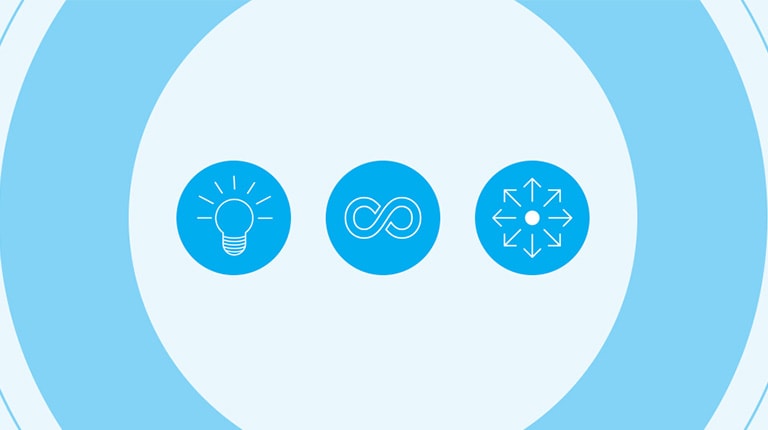
Blog
3 Trends You Can Expect to See from IVAs
Intelligent Virtual Assistants (IVAs) are typically used by enterprise businesses to effectively communicate with their customer base and provide highly functional self-service. With IVAs, customers receive both a personal and human experience. They can speak in their own words and be understood, regardless of accent and background noises, across all channels.

Blog
Why It’s Important to Keep Your Customers Talking
It’s no surprise that your business or brand’s reputation is critical. For better or for worse, in person or online, customers talk. And no matter how fantastic your company, agency, or the experience is once a customer steps through the front door, in many cases your reputation could be all that a potential customer has to work with before they decide to do business with you.
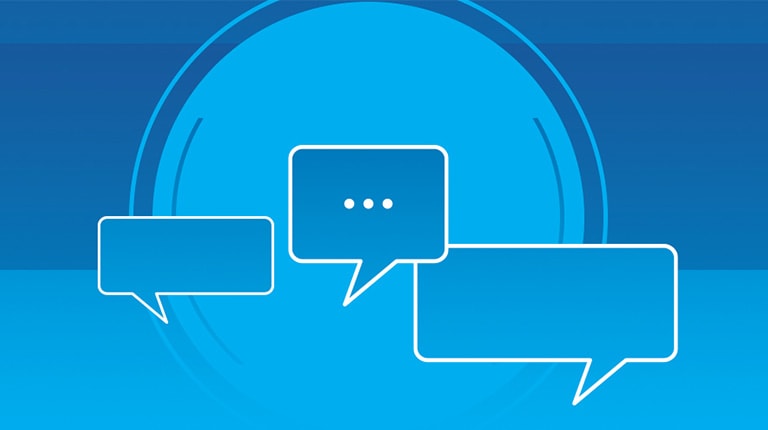
Blog
To Chatbot or Not to Chatbot?
It is impossible to ignore chatbots if you are even remotely following the customer care industry. They seem to be everywhere. Some tech publications even called 2016 ‘the year of chatbots’ and 2017 ‘the year when chatbots will actually make customers more productive.

Blog
Machine Learning: Who’s Using it and Why
Whether we realize it or not, we encounter machine learning on a daily basis. Aside from in our day-to-day lives, industries from retail to government and more are depending on machine learning to get things done. Below is a short list of how different industries are utilizing machine learning.

Blog
How Angry Customers are Shaping the Future of AI
Have you ever yelled at a customer service agent over the phone? How about an AI-powered virtual customer service agent? If you answered yes to the latter, then thanks, you’ve made a significant contribution to the evolution of artificial intelligence.
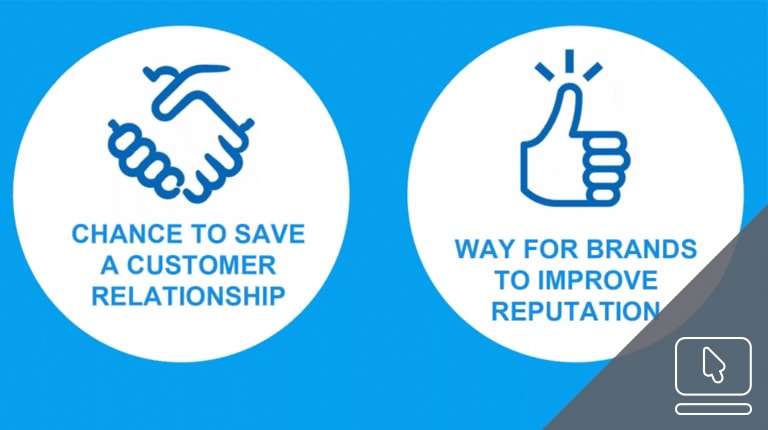
Webinar
9 Tips for Mastering Social Customer Care
For businesses, social media comes with its own unique challenges that distinguish it from the rest of your customer care strategy. Which is why we’ve put together some best practices in social customer care to help you maximize the benefits of this channel.
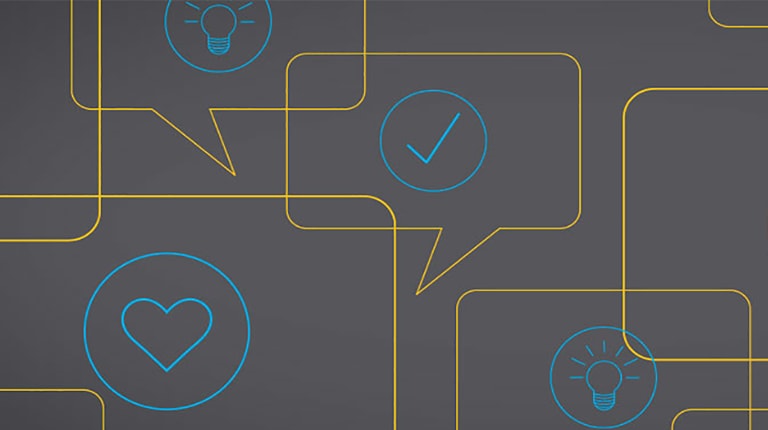
Blog
The Value of a Good Customer Service Experience
Most companies are aware that the importance of providing a good customer service experience cannot be understated. Increasingly, more and more consumers are making purchasing decisions based on a company’s reputation for providing good customer service.
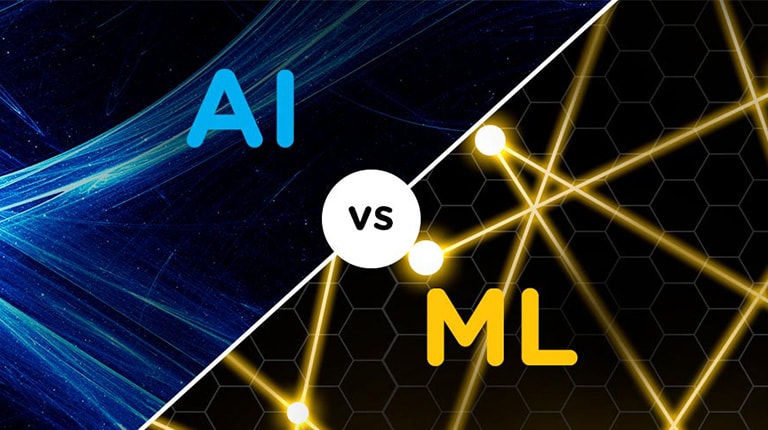
Blog
Defining AI and Machine Learning
The terms ‘artificial intelligence’ and ‘machine learning’ are often used in conjunction with one another to describe leading-edge technologies. But while the two are interconnected, machine learning and AI are different. It’s perhaps easiest to think of machine learning as one of the underlying technologies of AI.

